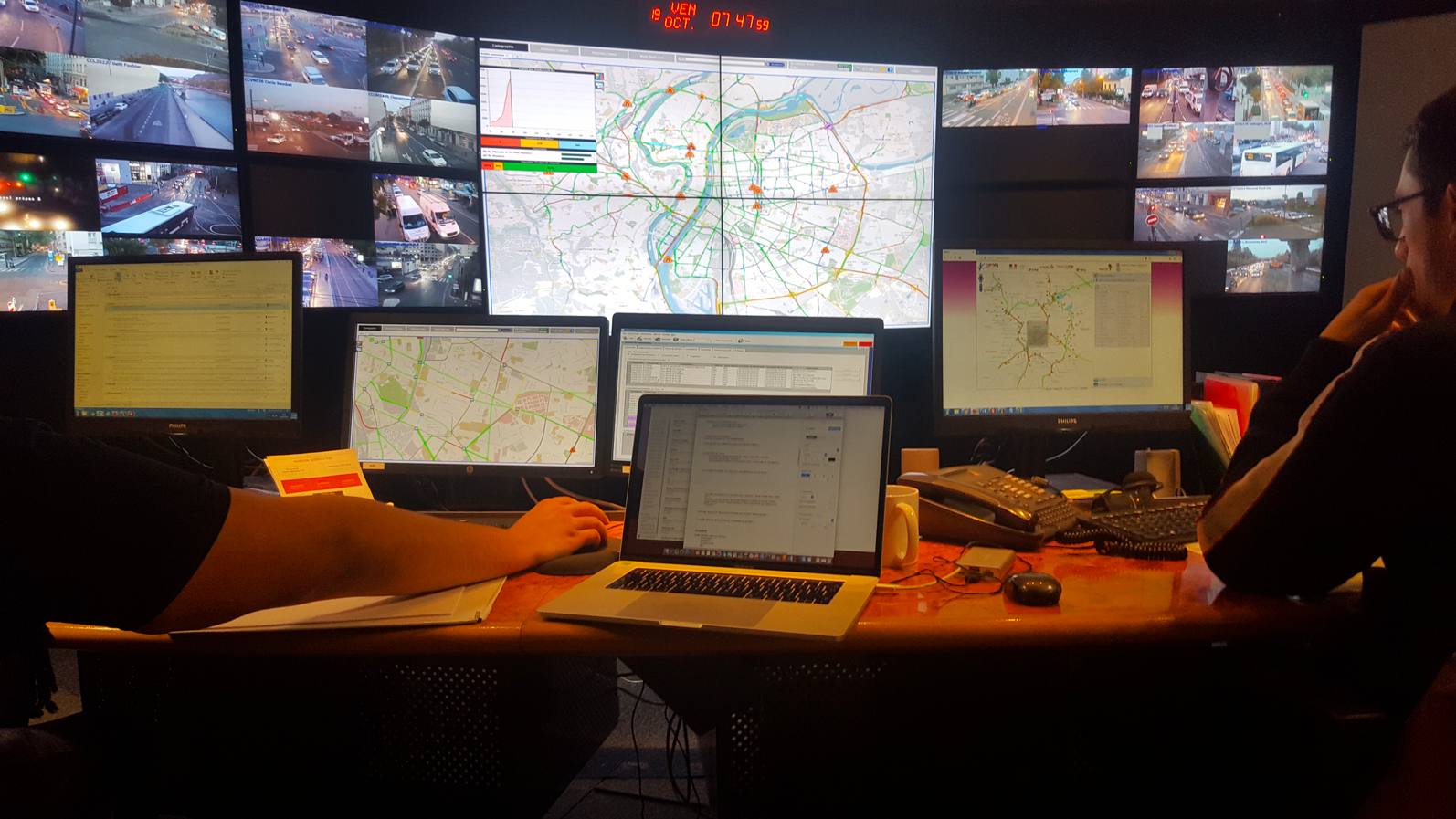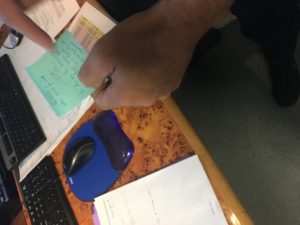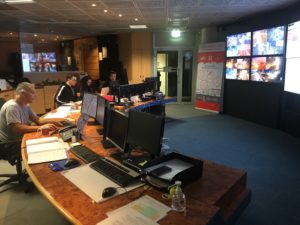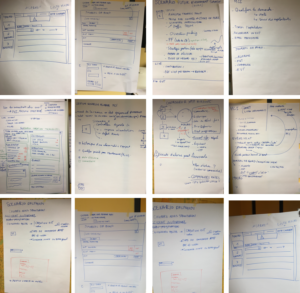
Lyon road traffic supervision application
- 28 Fév 2019
Duration | 3 months (2018-2019)

The Greater Lyon is a French territorial collectivity with an impressive application that regulates the city’s traffic. The application has a long list of equipments: 1,597 traffic lights, 272 CCTV cameras, 48 variable message signs, 1,168 traffic counters … And Use Design had been called upon to redesign it.
We started by interviewing members of the traffic operations center to comprehend their different profiles. These are the two main takeaways that we focused on whilst re-designing their application: Reducing stress and loss of information owing to lack of traceability or process checks. Our aims became clear:
- Centralize information, facilitate access / exchange to external tools
- Promote communication and follow-up of tasks between internal employees
- Aggregate data collected during an event onto a single support

One of the most important things we did was to offer an alternative to paper. Too much information was written down on informal notes, emails were being printed and being used as work elements. A disorganized, individualistic work process meant that not everyone had the same level of information and even worse. People were doing the same task twice or even three times: on paper, on Excel spreadsheets and in emails.

We changed more than their application. We changed some of their habits and work methods. By changing the process of event creation we made things crystal clear, identifying who does what, and when and how.
We created an instant thread where people could comment on ongoing events.

After the interview phase we organized four workshops. The first one focused on getting everyone up to the same speed, validate our interviews insights to project stakeholders and define the project objectives. The tricky part here was to define our scope since we were restrained by a tight budget. We couldn’t possibly provide answers to all questions and deliver screens for all use cases. So we decided to focus on 20% of the functions that were most commonly used.
Then the following workshops were organized as follows :
We made a selection of wireframes of the application use cases in-house
We reviewed the wireframes during workshops with shareholders
We continued to update wireframes until we obtained everyone’s approval.
